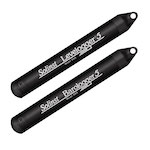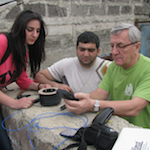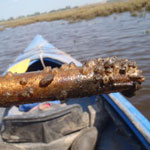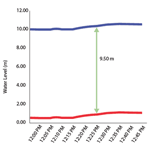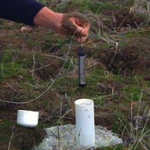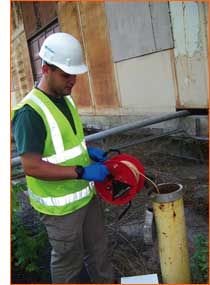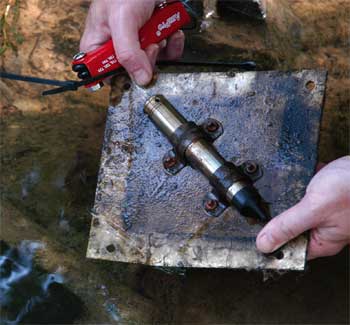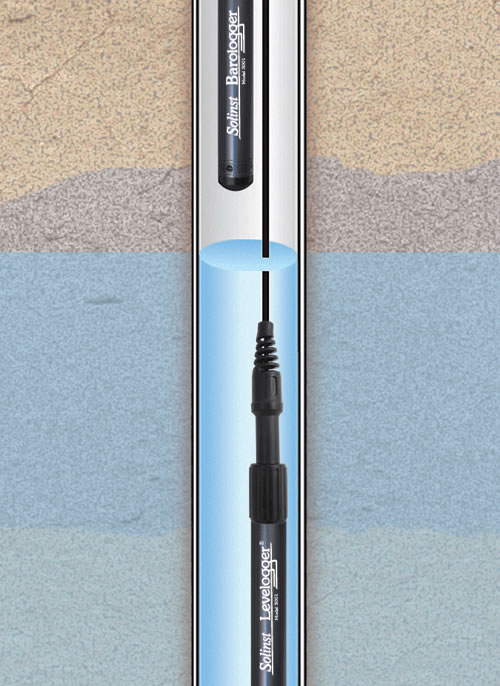Accounting For Altitude When Compensating Levelogger Data
As you know, Leveloggers measure total or absolute pressure. When submerged, they record a combination of atmospheric pressure and water pressure above their sensor. Because the intent of using Leveloggers is to obtain fluctuations in water pressure only, their data must be compensated for atmospheric effects. In order to achieve this, atmospheric… Continue Reading »

